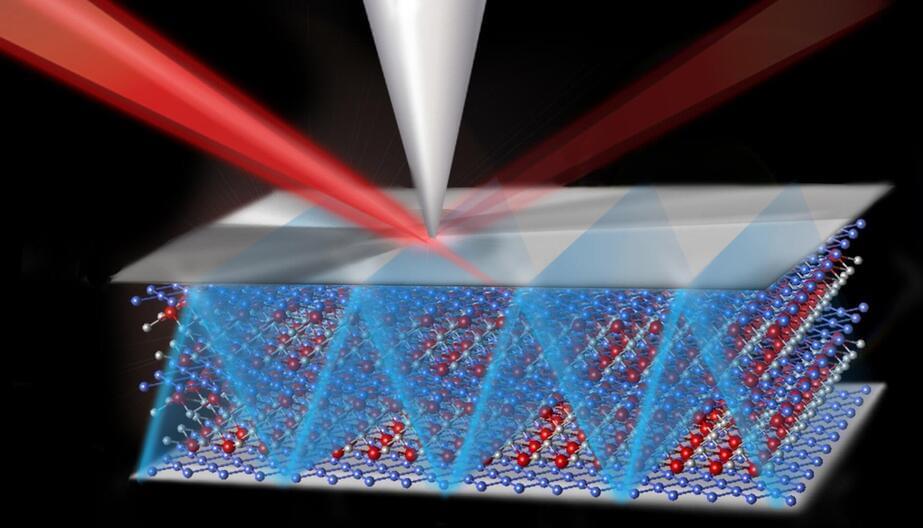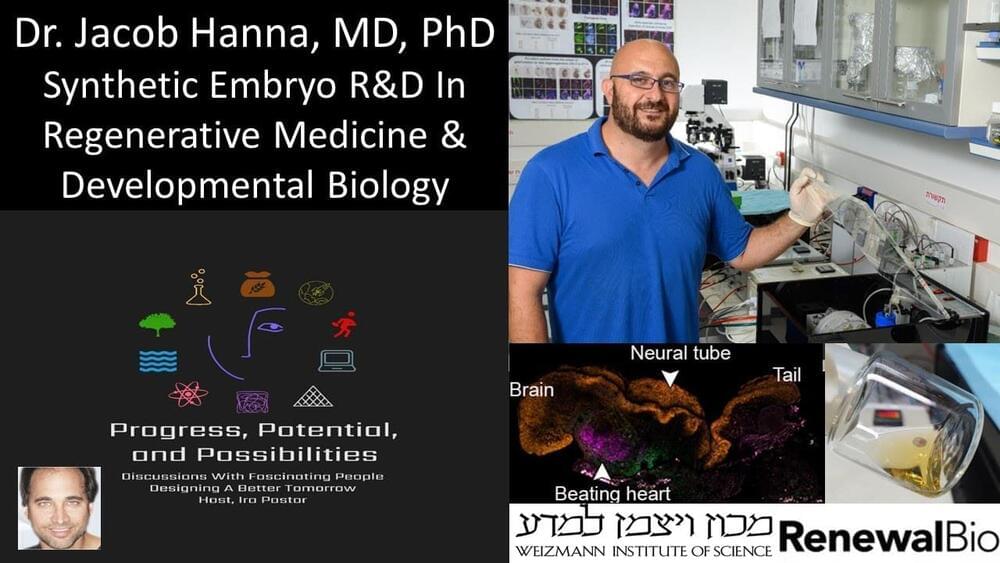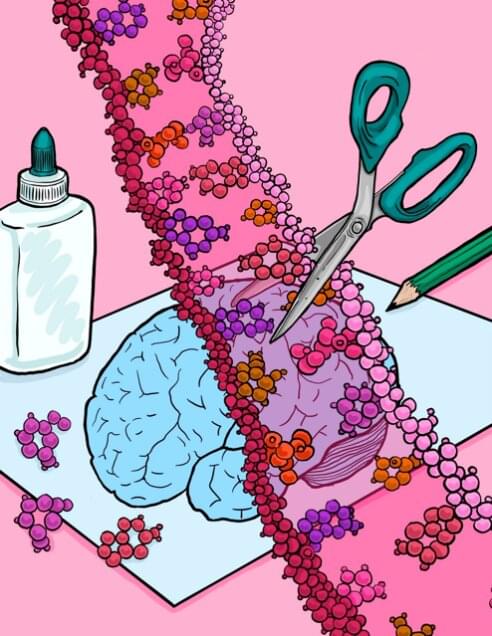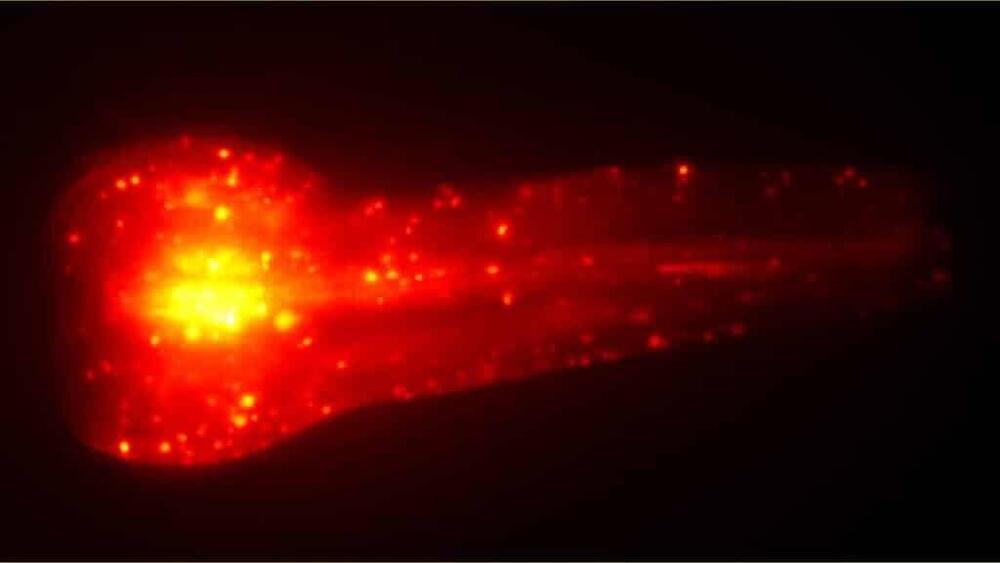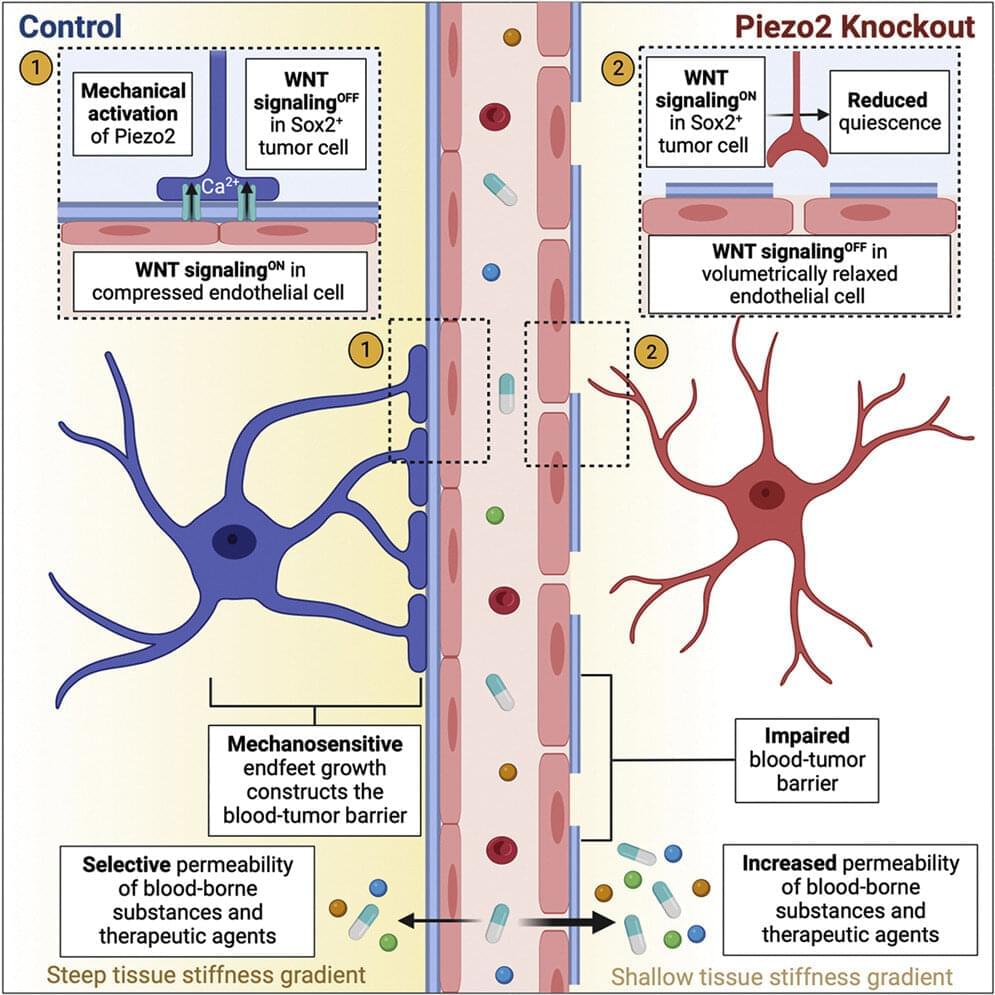Nov 2, 2022
Twitter is reportedly working on an OnlyFans-style feature that would allow creators to charge for video content — but some employees say it’s high risk
Posted by Kelvin Dafiaghor in category: futurism
Twitter is working on a feature that would charge users for some video content, The Washington Post reported.
Referred to as “Paywalled Video,” the new feature would allow content creators to charge users a fee to view videos on the platform, according to an internal email obtained by the publication.
The Post reported that a Twitter employee, who spoke on the condition of anonymity, said it seemed like a feature that would probably be used at least partly for adult content.

